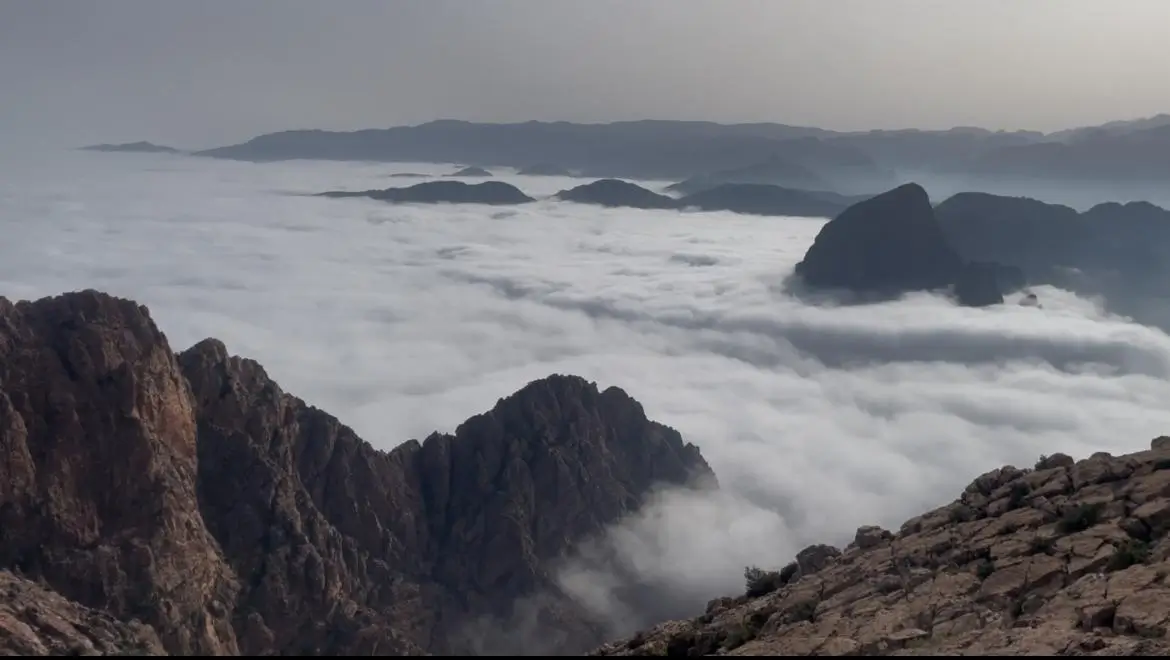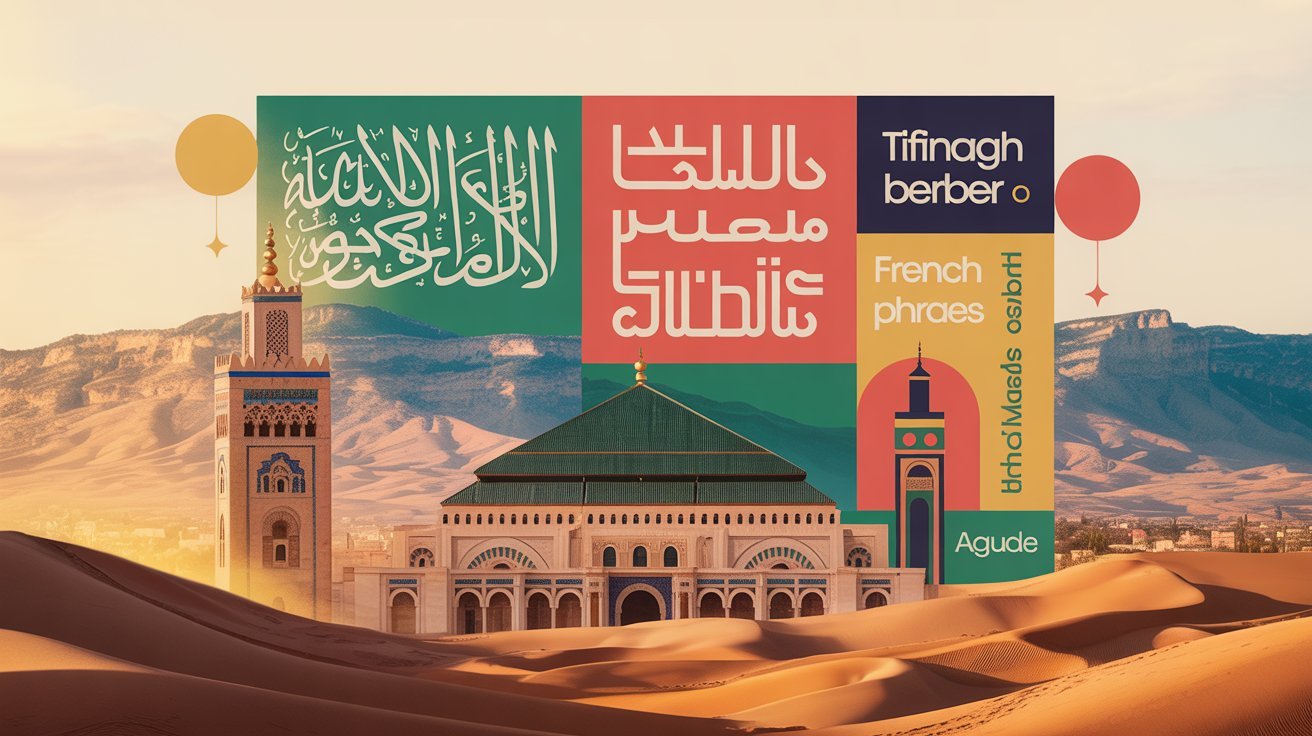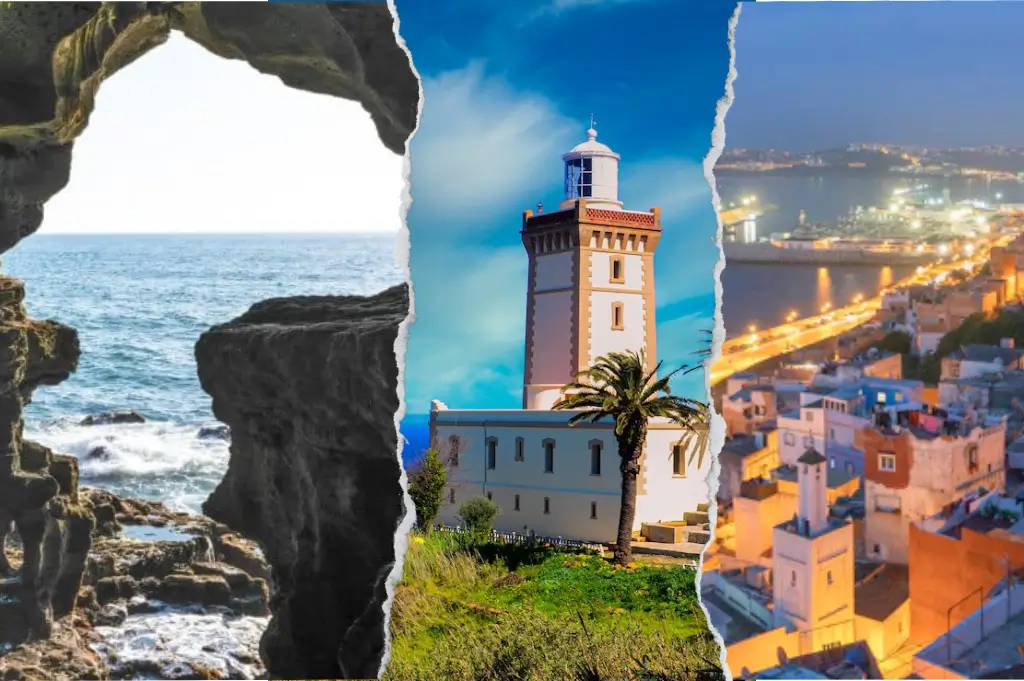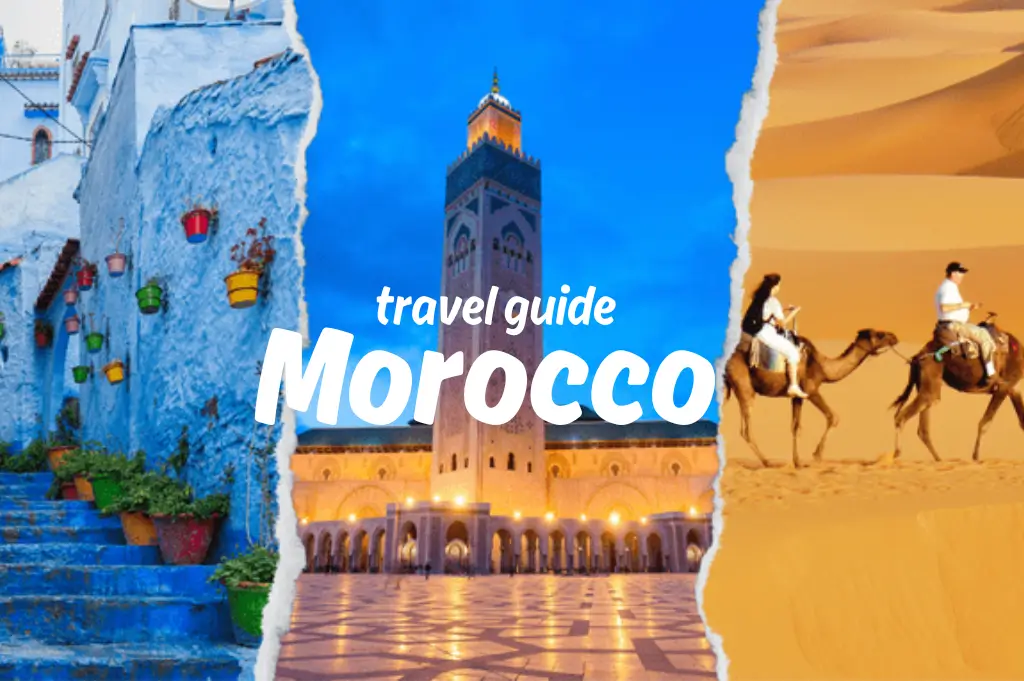Jbel Imzi: The Ultimate Guide to Morocco’s Hidden Mountain Paradise in the Anti-Atlas
Are you searching for an extraordinary hiking destination that combines botanical wonders, breathtaking landscapes, and authentic Berber culture? Jbel Imzi, nestled in the heart of Morocco’s Anti-Atlas Mountains, offers an unparalleled adventure for nature enthusiasts and cultural explorers alike. This comprehensive guide will reveal everything you need to know about this hidden gem, from its rare endemic species to practical hiking tips, ensuring your journey to this spectacular mountain near Tiznit becomes an unforgettable experience.
As travel and tourism experts specializing in Morocco’s natural wonders, we’ve explored every trail and discovered the secrets that make Jbel Imzi one of the most remarkable destinations in the Montagnes de l’Anti-Atlas. This guide combines years of field experience with insider knowledge to help you plan the perfect expedition.
Table of Contents
Understanding Jbel Imzi’s Unique Appeal
Jbel Imzi stands as one of Morocco’s most extraordinary natural treasures, rising majestically from the western Anti-Atlas Mountains. This remarkable peak, located approximately 100 kilometers from Tiznit, represents far more than just another hiking destination—it’s a living museum of botanical evolution and geological history.
The mountain’s significance extends beyond its impressive elevation of 1,500 meters. What truly sets Jbel Imzi apart is its role as a sanctuary for rare arbre endémique Maroc species, most notably the famous Dragonnier Ajgal. This unique ecosystem has evolved in isolation for millennia, creating a biodiversity hotspot that attracts botanists, researchers, and nature lovers from around the world.
The Montagnes de l’Anti-Atlas region, where Jbel Imzi is located, represents one of Morocco’s most ancient geological formations. These mountains predate the Atlas Mountains by millions of years, creating unique microclimates that have allowed endemic species to flourish. The rugged terrain, characterized by dramatic cliffs, hidden valleys, and traditional Berber villages, offers visitors an authentic glimpse into Morocco’s natural and cultural heritage.
The mountain’s accessibility from major cities like Agadir and its proximity to Tiznit make it an ideal destination for adventurous travelers seeking to explore Morocco’s lesser-known natural wonders. Unlike the crowded Atlas Mountains, Jbel Imzi offers a more intimate and authentic experience, where visitors can genuinely connect with the landscape and local communities.
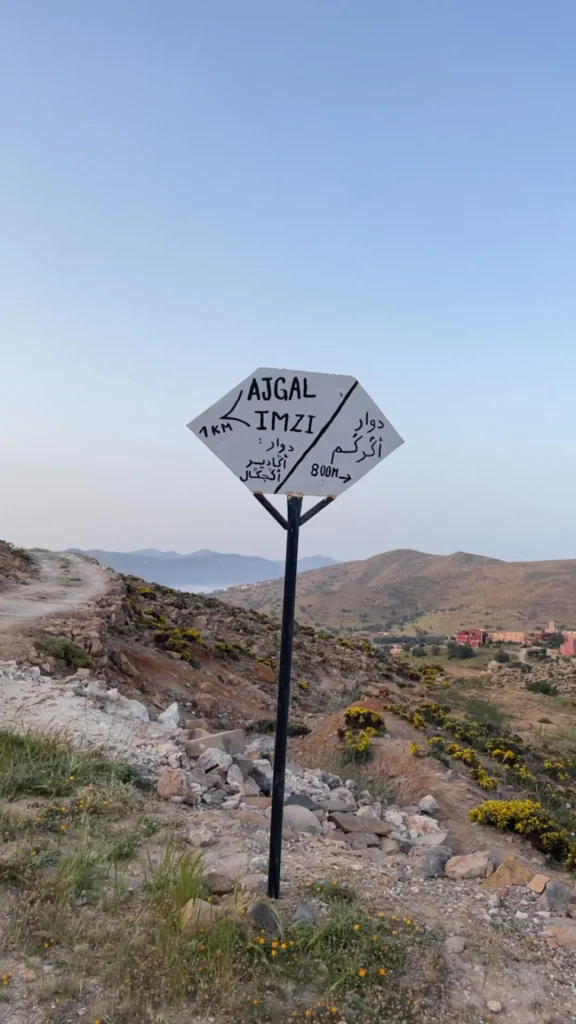
The Botanical Marvel: Endemic Species Discovery
The discovery of the Dragonnier Ajgal on Jbel Imzi in 1996 marked a significant milestone in Moroccan botany. This arbre endémique Maroc, scientifically known as Dracaena draco subsp. Ajgal, represents one of the most remarkable botanical finds of the late 20th century. The species’ existence exclusively on the cliffs of Jbel Imzi and neighboring peaks makes it a true treasure of global biodiversity.
The Dragonnier Ajgal, whose Berber name “Ajgal” means “the inaccessible,” perfectly describes its precarious habitat on vertical cliff faces. These ancient trees, some estimated to be several centuries old, have adapted to survive in extremely harsh conditions, developing unique characteristics that distinguish them from their Canary Island relatives. Their distinctive umbrella-shaped crowns and thick, succulent leaves create an almost alien landscape against the rugged Anti-Atlas backdrop.
Beyond the famous dragon trees, Jbel Imzi hosts numerous other endemic and rare species. The mountain’s diverse elevational zones support everything from desert-adapted succulents at lower altitudes to Mediterranean-type vegetation in protected valleys. Researchers have documented over 200 plant species in the area, with many showing high levels of endemism to the Montagnes de l’Anti-Atlas region.
The ecological significance of these discoveries cannot be overstated. Each endemic species represents millions of years of evolutionary adaptation to specific environmental conditions. The presence of these “living fossils” on Jbel Imzi provides invaluable insights into past climate changes and evolutionary processes, making the mountain a natural laboratory for scientific research.
Conservation efforts for these unique species have become increasingly important as human activities and climate change threaten their survival. The designation of the area as a candidate UNESCO World Heritage site underscores the global importance of protecting this remarkable ecosystem for future generations.
Planning Your Anti-Atlas Adventure
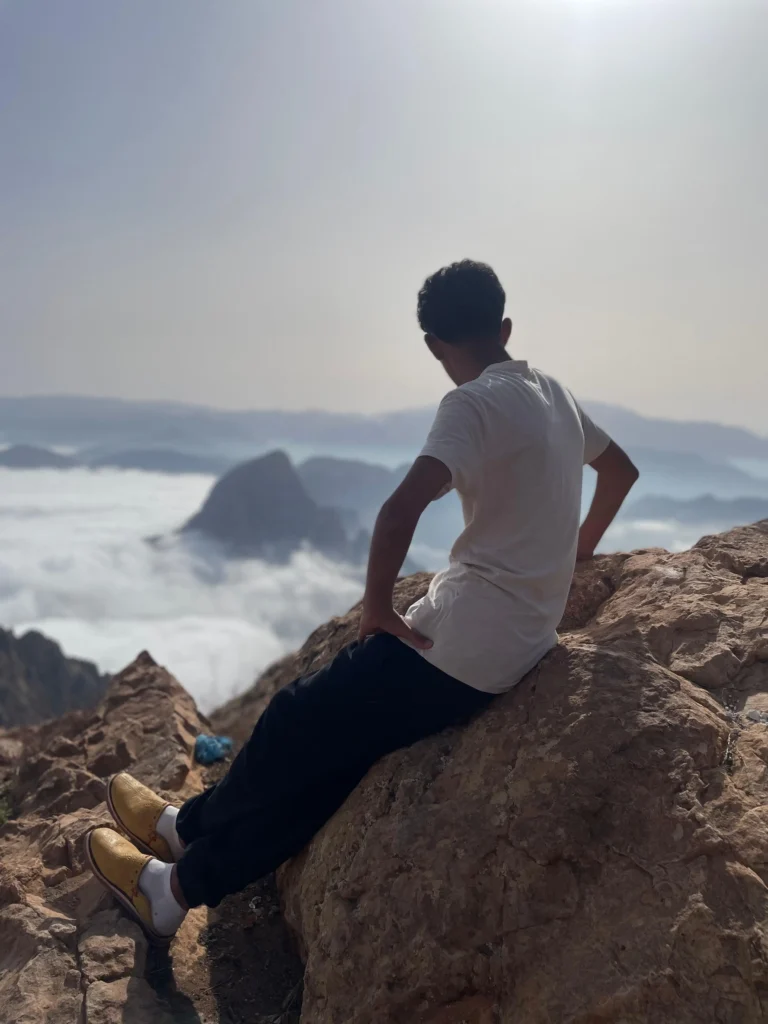
Embarking on a randonnée Anti-Atlas to Jbel Imzi requires careful planning and preparation. The mountain’s remote location and challenging terrain demand respect and adequate preparation to ensure a safe and enjoyable experience.
The optimal time for visiting Jbel Imzi spans from April to June and September to November, when temperatures are moderate and weather conditions are most favorable. During these months, the harsh summer heat subsides, and the winter rains haven’t yet made the rocky terrain dangerously slippery. Spring visits offer the additional advantage of wildflower blooms and active bird migration.
Access to Jbel Imzi typically begins from the town of Tiznit, a historic walled city that serves as the gateway to the Anti-Atlas region. From Tiznit, visitors can arrange transportation to the village of Anezi, which serves as the base camp for most expeditions. The journey from Tiznit to Anezi takes approximately two hours by road, passing through traditional Berber villages and landscapes that provide a fascinating introduction to the region’s culture.
Accommodation options near Jbel Imzi range from basic guesthouses in Anezi to more comfortable hotels in Tiznit. Many visitors choose to stay in local guesthouses to experience authentic Berber hospitality and support the local economy. These accommodations often provide traditional meals and can arrange guides and transportation for mountain expeditions.
The logistics of reaching the mountain itself require careful consideration. The final approach to Jbel Imzi involves a challenging 9-kilometer track from Adaï, with the last 2 kilometers requiring a 4×4 vehicle due to rough terrain. Visitors without suitable transportation can arrange transfers through local guides or tour operators in Tiznit.
Essential Hiking Routes and Difficulty Levels
Jbel Imzi offers various hiking routes suitable for different experience levels, though all require good physical fitness and proper preparation. The most popular and rewarding route leads to the dragon tree sites, providing spectacular views and botanical discoveries.
The classic randonnée Anti-Atlas route to the Dragonnier Ajgal sites begins from the village of Ajgal Imzi, home to about twenty inhabitants who maintain traditional terraced agriculture. This route requires 3-4 hours of hiking across challenging terrain, including steep ascents and navigation around cliff faces. The trail demands sure footing and absence of vertigo, as some sections involve exposure to significant drops.
For experienced hikers seeking a more comprehensive exploration, the full circuit of Jbel Imzi offers an extended adventure lasting 6-8 hours. This route encompasses multiple dragon tree sites, provides access to the mountain’s highest viewpoints, and allows for extensive photography opportunities. The extended route requires excellent physical condition and experience with mountain navigation.
A shorter, more accessible option for less experienced hikers focuses on the lower elevations of Jbel Imzi, where visitors can still observe endemic flora and enjoy spectacular views of the Montagnes de l’Anti-Atlas. This route takes 2-3 hours and provides an excellent introduction to the region’s natural beauty without the technical challenges of the cliff-face sections.
Safety considerations are paramount for any randonnée Anti-Atlas adventure. The mountain’s remote location means that emergency services are far away, making self-sufficiency and careful planning essential. Hikers should carry adequate water (at least 3 liters per person), sun protection, first aid supplies, and emergency communication devices.
Local guides are strongly recommended for all routes on Jbel Imzi. These experienced mountain guides not only ensure safety but also provide invaluable cultural and botanical insights that greatly enhance the experience. Many guides are members of the local Ajgal Association, dedicated to protecting the mountain’s unique ecosystem while providing sustainable tourism opportunities.
Conservation and Cultural Significance
Jbel Imzi represents far more than a hiking destination—it’s a critical conservation area that requires careful protection and sustainable management. The mountain’s unique ecosystem faces numerous threats, from climate change to human encroachment, making conservation efforts essential for preserving this natural treasure.
The arbre endémique Maroc species found on Jbel Imzi, particularly the Dragonnier Ajgal, face significant conservation challenges. These ancient trees reproduce slowly and are vulnerable to environmental changes, making each individual specimen precious. Overgrazing by livestock, collection of plant materials, and climate change all pose threats to their survival.
Local conservation efforts center around the Ajgal Association, founded by community members who recognized the importance of protecting their natural heritage. This grassroots organization works to balance conservation needs with community development, promoting sustainable tourism as an alternative to potentially destructive activities.
The cultural significance of Jbel Imzi extends deep into Berber history and tradition. The mountain’s name itself reflects its cultural importance, with “Imzi” relating to barley in the Berber language, highlighting the agricultural traditions of the region. Local communities have maintained traditional knowledge about the mountain’s plants and their uses for centuries, creating a rich cultural landscape that complements the natural heritage.
Traditional uses of the Dragonnier Ajgal by local communities include utilizing hollow trunks as natural beehives, reflecting the sustainable relationship between humans and nature that has existed for generations. The preservation of these traditional practices alongside conservation efforts demonstrates the possibility of harmonious coexistence between human communities and sensitive ecosystems.
The candidacy of the Jbel Imzi area for UNESCO World Heritage status recognizes its outstanding universal value as both a natural and cultural landscape. This designation would provide international protection and support for conservation efforts while raising awareness of the mountain’s global significance.
Practical Tips for Your Journey
Successfully experiencing Jbel Imzi requires attention to practical details that can make the difference between a memorable adventure and a challenging ordeal. These insider tips, developed through years of guiding visitors to the Montagnes de l’Anti-Atlas, will help ensure your journey is both safe and rewarding.
Physical preparation should begin weeks before your departure. The randonnée Anti-Atlas experience on Jbel Imzi demands good cardiovascular fitness and strong legs for navigating steep, rocky terrain. Regular hiking practice, particularly on uneven surfaces, will prepare your body for the challenges ahead. Core strength exercises are also beneficial for maintaining balance on exposed sections of the trail.
Equipment selection is crucial for comfort and safety. High-quality hiking boots with excellent ankle support and aggressive tread are essential for the rocky terrain. Lightweight, breathable clothing in layers allows for temperature regulation throughout the day. A wide-brimmed hat and high-SPF sunscreen are necessary for protection against the intense Anti-Atlas sun.
Water management requires special attention in this arid environment. While springs exist on Jbel Imzi, they’re not always reliable or easily accessible. Carry at least 3 liters of water per person, and consider water purification tablets as a backup. Electrolyte supplements help maintain energy levels during long hiking days.
Photography enthusiasts will find Jbel Imzi offers exceptional opportunities, but the harsh lighting conditions require preparation. Early morning and late afternoon provide the best light for capturing the dramatic landscapes and unique flora. Protective cases for cameras and lenses are essential due to dust and potential impact from rocky terrain.
Cultural sensitivity is important when visiting the traditional villages around Jbel Imzi. Respect local customs, ask permission before photographing people, and consider purchasing local crafts or services to support the community. Learning basic Berber or Arabic greetings shows respect and often leads to warmer interactions.
Weather conditions can change rapidly in the Montagnes de l’Anti-Atlas, so flexibility in planning is essential. Have backup plans for severe weather, and always inform someone of your intended route and expected return time. Local guides can provide valuable weather insights and adjust routes accordingly.
Emergency preparedness should never be overlooked. Carry a comprehensive first aid kit, emergency whistle, and means of communication. GPS devices or smartphone apps with offline maps provide backup navigation. Consider travel insurance that covers mountain rescue operations.
Conclusion
Jbel Imzi stands as one of Morocco’s most extraordinary natural treasures, offering visitors a unique combination of botanical wonders, challenging adventures, and cultural immersion. This remarkable mountain in the Montagnes de l’Anti-Atlas provides an unparalleled opportunity to experience Morocco’s natural heritage while contributing to conservation efforts that protect its unique ecosystem.
The mountain’s role as home to the rare arbre endémique Maroc species, particularly the famous Dragonnier Ajgal, makes it a destination of global significance. Every visitor to Jbel Imzi becomes part of a larger conservation story, helping to raise awareness and support for protecting these ancient treasures.
Whether you’re drawn by the challenge of the randonnée Anti-Atlas experience, the fascination of endemic botanical discoveries, or the authentic cultural encounters with Berber communities, Jbel Imzi offers rewards that extend far beyond typical tourism experiences. The mountain’s proximity to Tiznit and accessibility from major Moroccan cities make it an achievable adventure for dedicated travelers.
The memories created on Jbel Imzi—from the first glimpse of ancient dragon trees clinging to impossible cliff faces to the warm hospitality of mountain villages—will last a lifetime. More importantly, your visit contributes to the sustainable development of local communities and the protection of one of the world’s most remarkable ecosystems.
Ready to embark on your own Jbel Imzi adventure? Contact our experienced guides today to begin planning your journey to this hidden paradise in the Montagnes de l’Anti-Atlas. Let us help you create an unforgettable experience while supporting conservation efforts that protect Morocco’s natural treasures for future generations.

